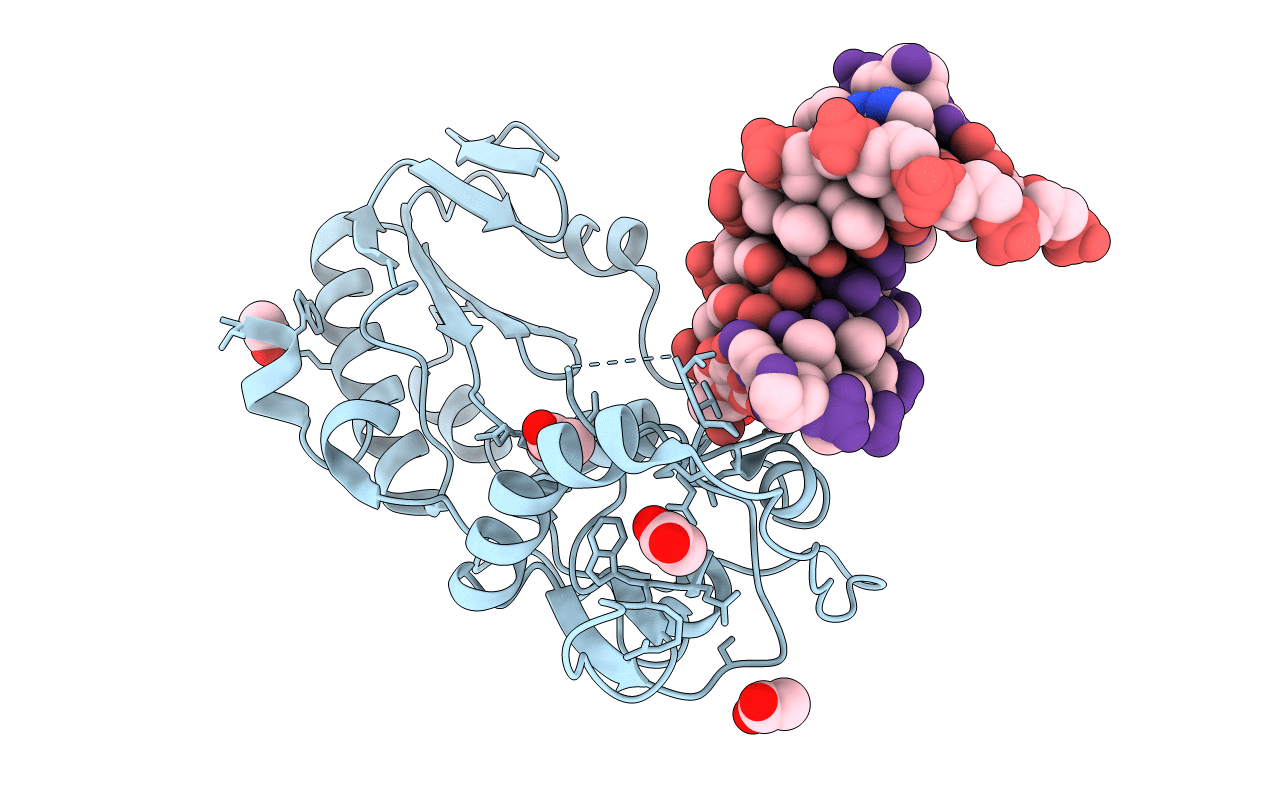
Deposition Date
2009-01-09
Release Date
2009-05-19
Last Version Date
2023-09-06
Entry Detail
PDB ID:
3FSI
Keywords:
Title:
Crystal structure of a trypanocidal 4,4'-Bis(imidazolinylamino)diphenylamine bound to DNA
Biological Source:
Source Organism:
Moloney murine leukemia virus (Taxon ID: 11801)
Host Organism:
Method Details:
Experimental Method:
Resolution:
1.75 Å
R-Value Free:
0.25
R-Value Work:
0.23
Space Group:
P 21 21 2


